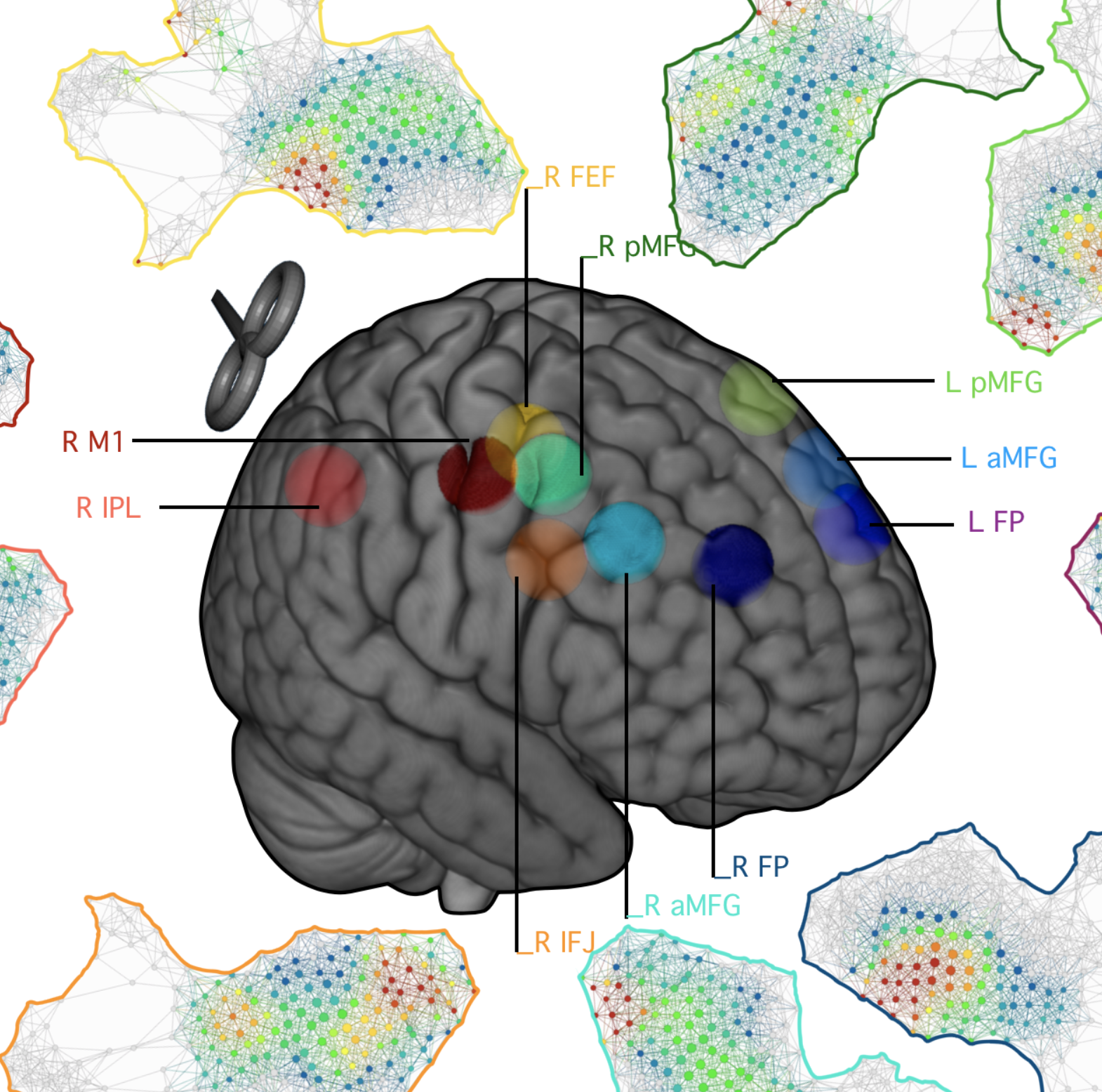Aims
Transcranial Magnetic Stimulation (TMS) facilitates controlled, non-invasive, modulation of the brain by modifying local brain activity and has the potential to examine recruitment, activation and coordination of cortical networks in health and disease. To optimize the application of TMS, e.g., for precision medicine, it is important to first carefully characterize the stimulation-induced changes in spatiotemporal dynamics. To this end, using concurrent TMS-fMRI(EEG), we are examining stimulation-induced changes in brain dynamics and functional organization associated different stimulation sites.
Highlights
- Examining changes in functional re-organization associated with single-pulse and rTMS
- Examining changes in temporal re-organization associated with single-pulse and rTMS
- Developing biophysical network models to simulate the effects of TMS
Presentations/Papers
- Saggar, M., Jiang, J, Mills-Finnerty, C., Wright, R., Cornelssen, C., Etkin, A. (2019). Studying stimulation-site-based changes in brain activity using TMS/fMRI & topological data analysis. Organization of Human Brain Mapping (HBM) Annual Meeting, 2019, Rome, Italy.
- Batail J.M., Xiao X., Azeez A., Tischler C., Kratter I.H., Bishop J.H., Saggar M., Williams N.R. (2023) Network effects of Stanford Neuromodulation Therapy (SNT) in treatment-resistant major depressive disorder a randomized, controlled trial. Translational Psychiatry
Funding
NIMH
